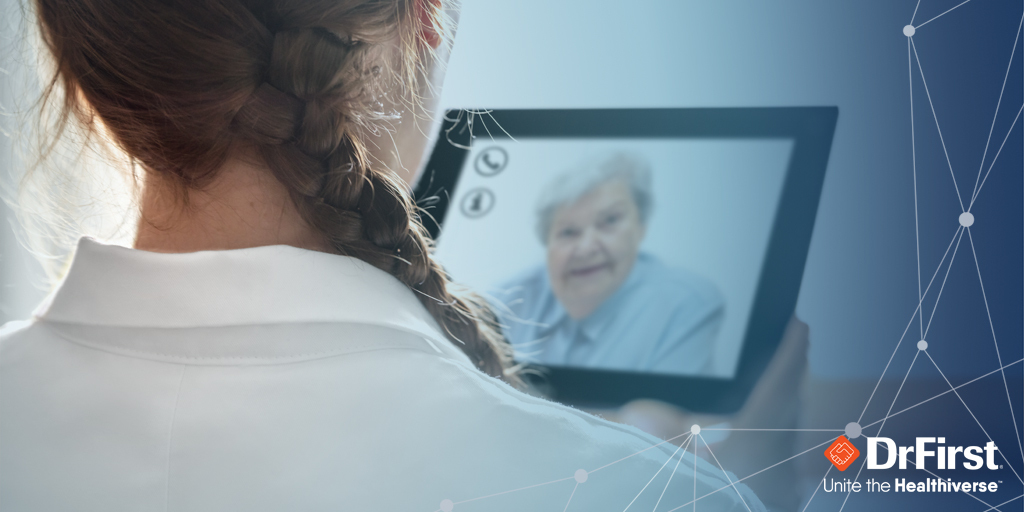Colin Banas, M.D., M.H.A.
Connecting With Patients Within and Beyond the Exam Room
A typical office visit with a primary care physician lasts only about 15 minutes. Within that limited face time, you need to build rapport with your patient, diagnose their condition, prescribe medications, perhaps order additional studies, and plan follow-up care.
So how can technology help you better connect with your patients?
Better Physician Tools for Better Patient Results
A recent American Medical Association survey shows physicians are increasingly using digital tools for patient engagement (33%), clinical decision support (37%), consumer access to clinical data (58%), and remote monitoring and management (22%).
But your clinical staff knows that simply adding more technology isn’t the whole answer and can even result in physician burnout. When technology is integrated into your electronic health records (EHR) system, it can make a world of difference for busy clinicians, allowing you to access essential information and features without adding the multiple clicks that contribute to burnout. Here are a few examples from within the exam room, whether face-to-face or via telehealth:
- A price transparency tool that’s integrated into your EHR or e-prescribing solution can provide your patients’ out-of-pocket costs for prescriptions and therapeutically equivalent alternatives in real time, based on their insurance benefits. Having this information on hand gives you the ability to improve adherence to treatment by discussing these costs during the visit, avoiding “sticker shock” at the pharmacy, and potentially choosing alternative medicines the patient can afford.
- Some tools also let you view patients’ costs for procedures, reduce or eliminate time spent on prior authorizations, and quickly find specialists who take their insurance. Having this information at your fingertips during a visit helps reduce delays in care and instances of patients avoiding treatment altogether.
- When an e-prescribing application connects directly to your state’s prescription drug monitoring program (PDMP), you don’t need to interrupt your workflow by opening a new screen or signing into a separate system when prescribing controlled substances. And the information informs your prescribing to help protect patients and mitigate the opioid crisis.
- Technology can also show you a more complete medication history for your patients at the time of prescribing, including prescription fill records, which helps you identify and manage gaps in care, develop more informed care plans, and help prevent adverse reactions.
Reaching Patients Where They Are
After an appointment ends, communication solutions can maximize connections with patients without adding a burden for providers. Automatic notifications sent directly to a smartphone or other mobile device are vital touchpoints that mirror the consumer experience patients have come to expect. Here are some ways to continue the conversation outside the exam room:
- Automatic reminder messages can prompt patients to pick up prescriptions from the pharmacy after leaving your office. These notifications can include educational information, such as details about a medication’s potential side effects, plus cost-saving coupons, one of the most effective ways you can improve the likelihood that your patients will adhere to their care plans.
- During the COVID-19 pandemic, when many physician offices limited in-person visits and patients practiced social distancing, it became more important than ever to reach patients where they are, figuratively and literally. Care team collaboration and telehealth platforms have been crucial for physicians to “see” patients while limiting exposure to the virus. Yet the video call is the easiest part of telehealth; the best solutions empower the entire care team with collaboration tools to stay in touch with patients—and confer with each other—by sharing photos, documents, and forms via text or email without compromising protected health information (PHI).
Today’s Patients Expect the Latest Technologies
Technology is an integral part of patients’ everyday lives, and they expect similar experiences from their healthcare providers. As more practices turn to digital solutions, consider how using technologies like these can optimize your clinical decision-making and improve your communication with patients and other providers. By doing so, you may also boost your patients’ satisfaction with their care.



















